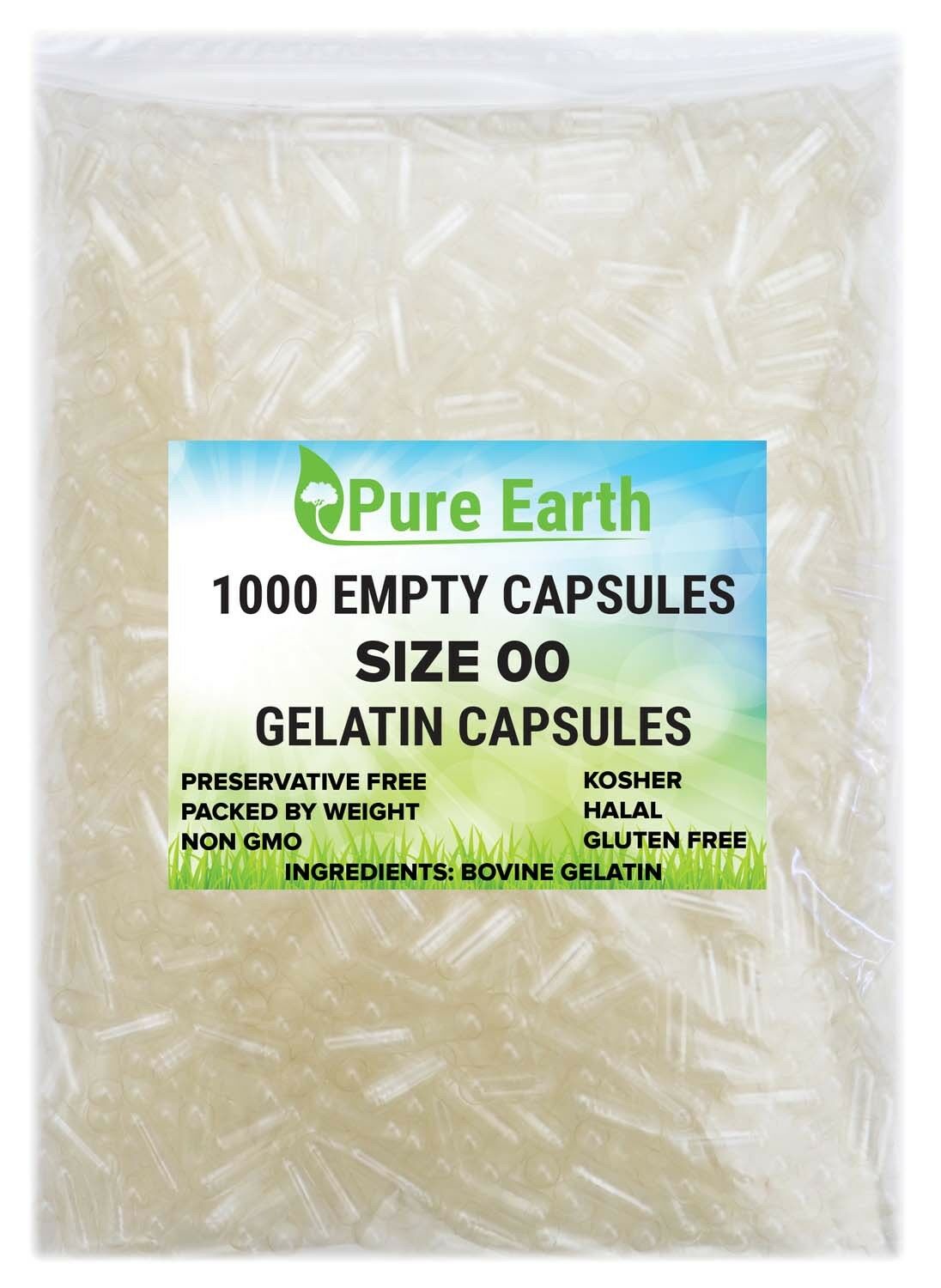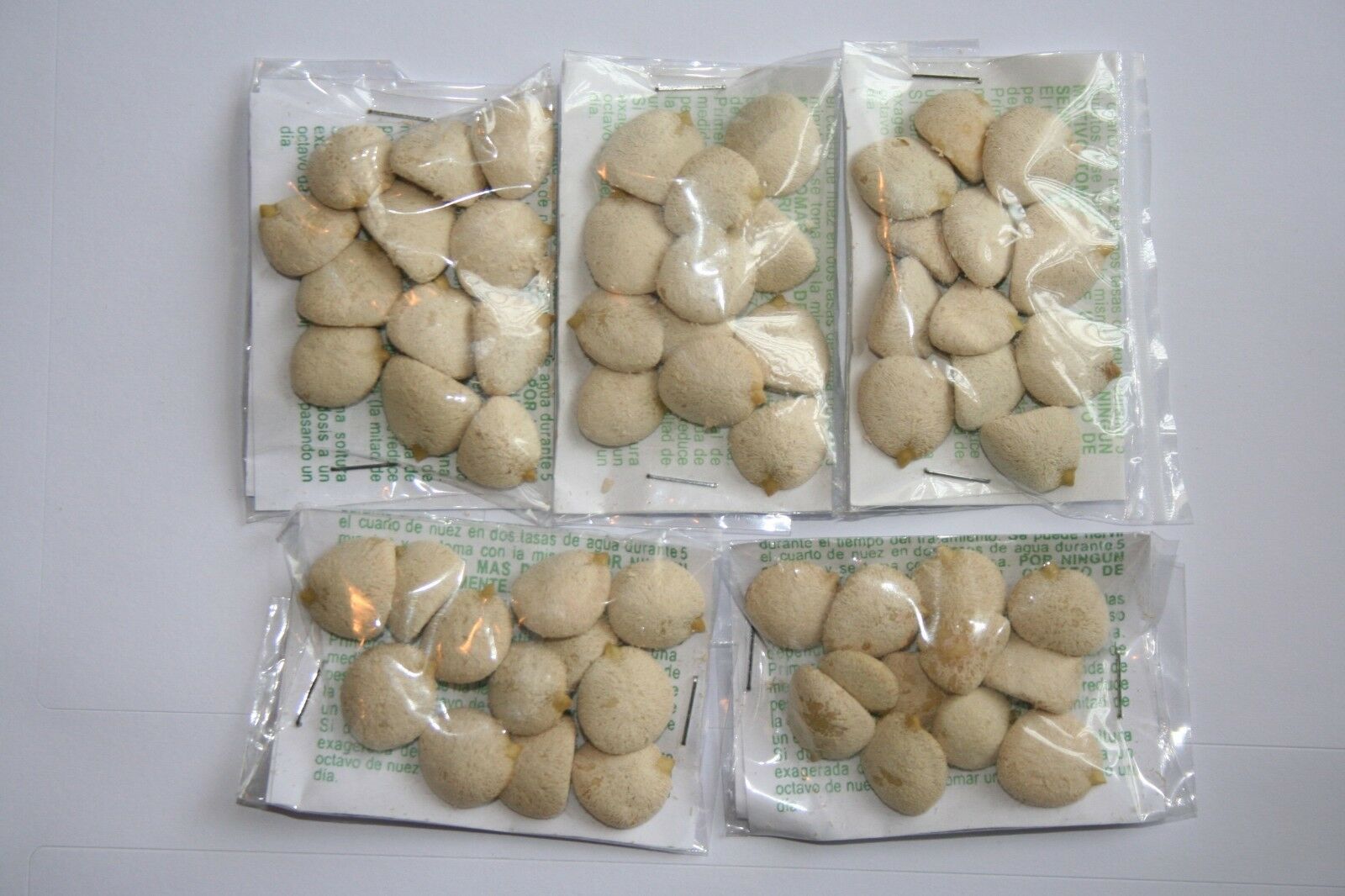-40%
1 oz. Ashwagandha Root (Withania somnifera) Organic & Kosher India
€ 0.88
- Description
- Size Guide
Description
Also known asWithania somnifera
, Indian Ginseng, Avarada, and Withania.
Introduction
Ashwagandha is a small, shrub-like plant belonging to the nightshade family. It is closely related to the common tomato. The plant is native to India, Pakistan, and Sri Lanka, thriving in the semitropical environment of these regions. It produces small green flowers and round fruits that turn red when ripe. The name “ashwagandha” translates to “horse’s smell,” referencing the musky scent of the plant.
Constituents
Mainly consisting of withanolides, glycosides and several different alkaloids.
Parts Used
Eastern and Western herbal medicine use the root, most notably dried and cut. The berries are mildly toxic to the stomach and gastrointestinal tract. No major studies have released the benefits of the leaf.
Typical Preparations
Tea decoction from the root, liquid herbal extract, herbal capsules (non-standardized) Dried crushed or powdered roots can be applied to food or directly consumed.
Summary
Ashwagandha is an important Ayurvedic herb, and is traditionally used to promote vitality, though this use has not been evaluated clinically. According to one clinical trial in India, it has been shown to effectively alleviate knee pain. Unfortunately, further clinical data for ashwagandha is lacking, despite the herbs successful use in Ayurvedic tradition for over 3000 years.
Precautions
Botanical safety guidelines in the US and Germany have suggested that Ashwagandha may be a mild abortifacient and it is not recommended for pregnant women.
For educational purposes only This information has not been evaluated by the Food and Drug Administration.
This information is not intended to diagnose, treat, cure, or prevent any disease.









